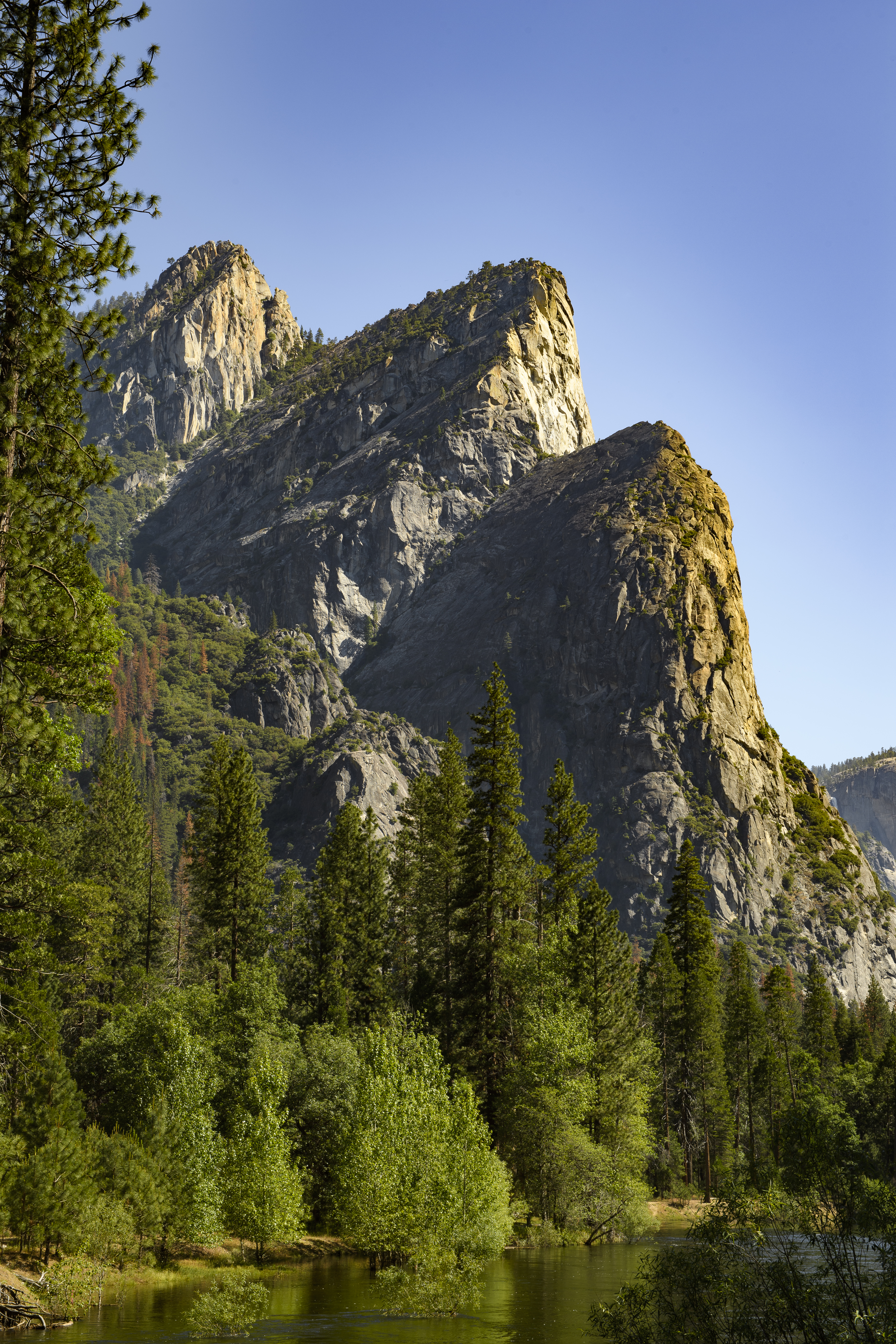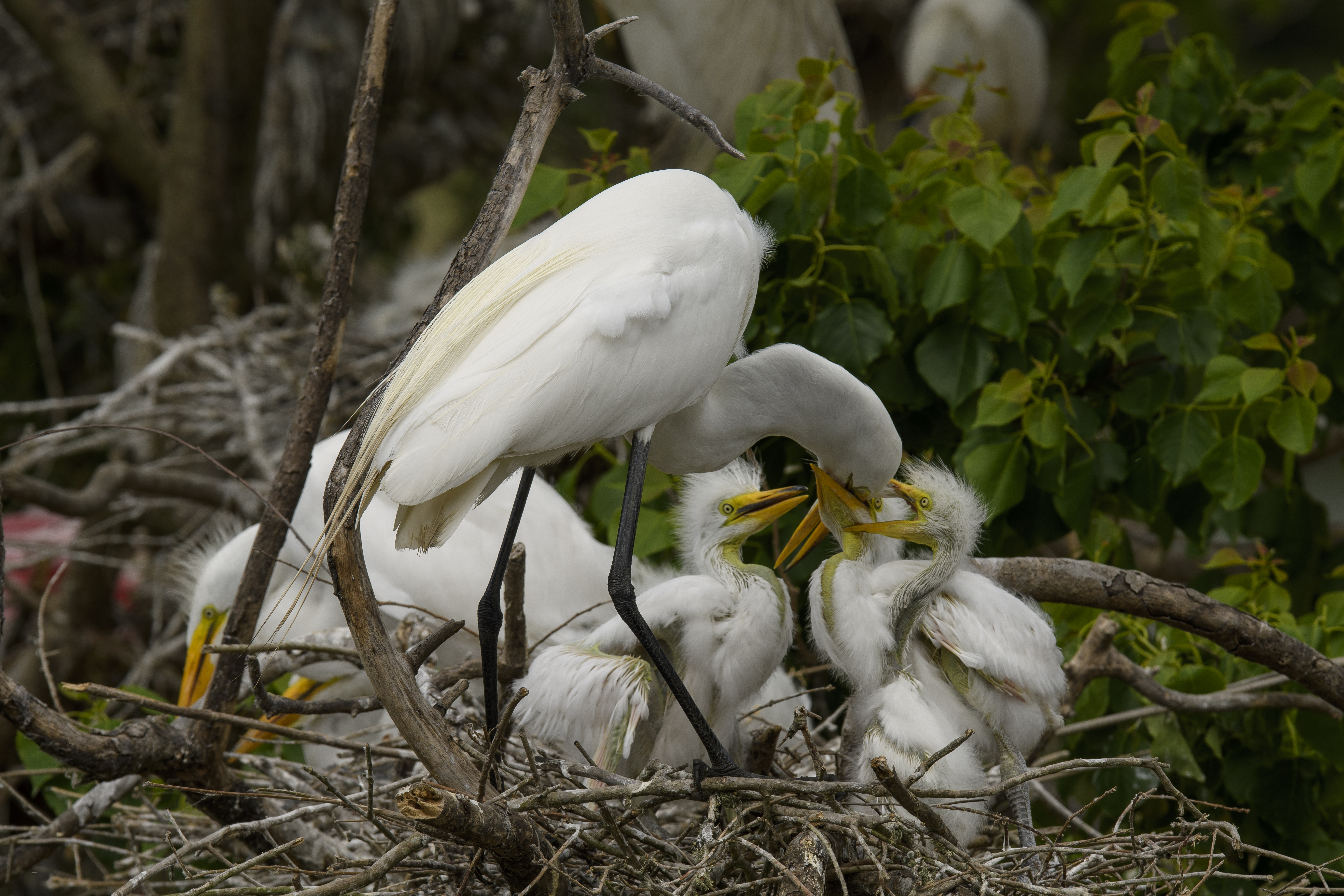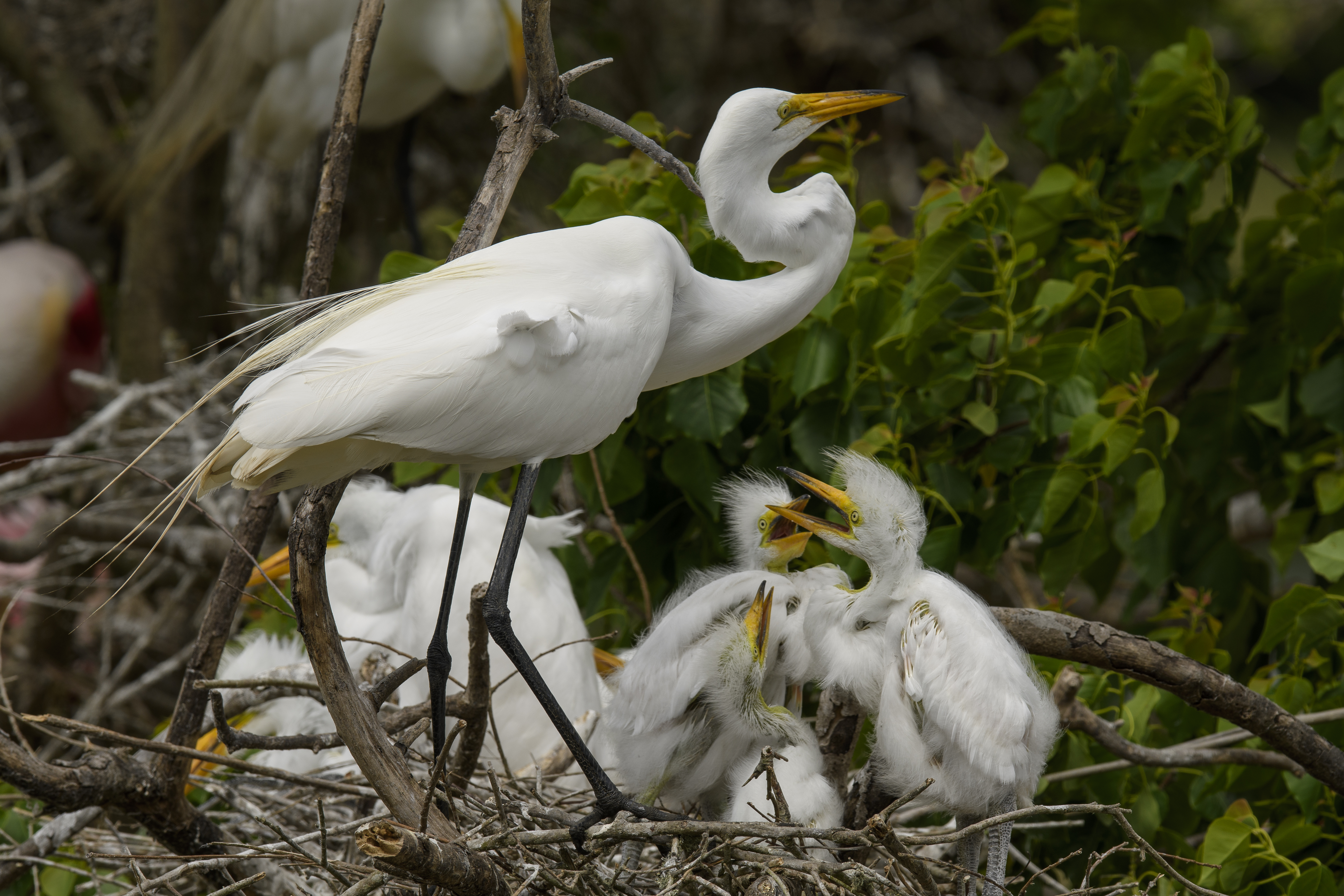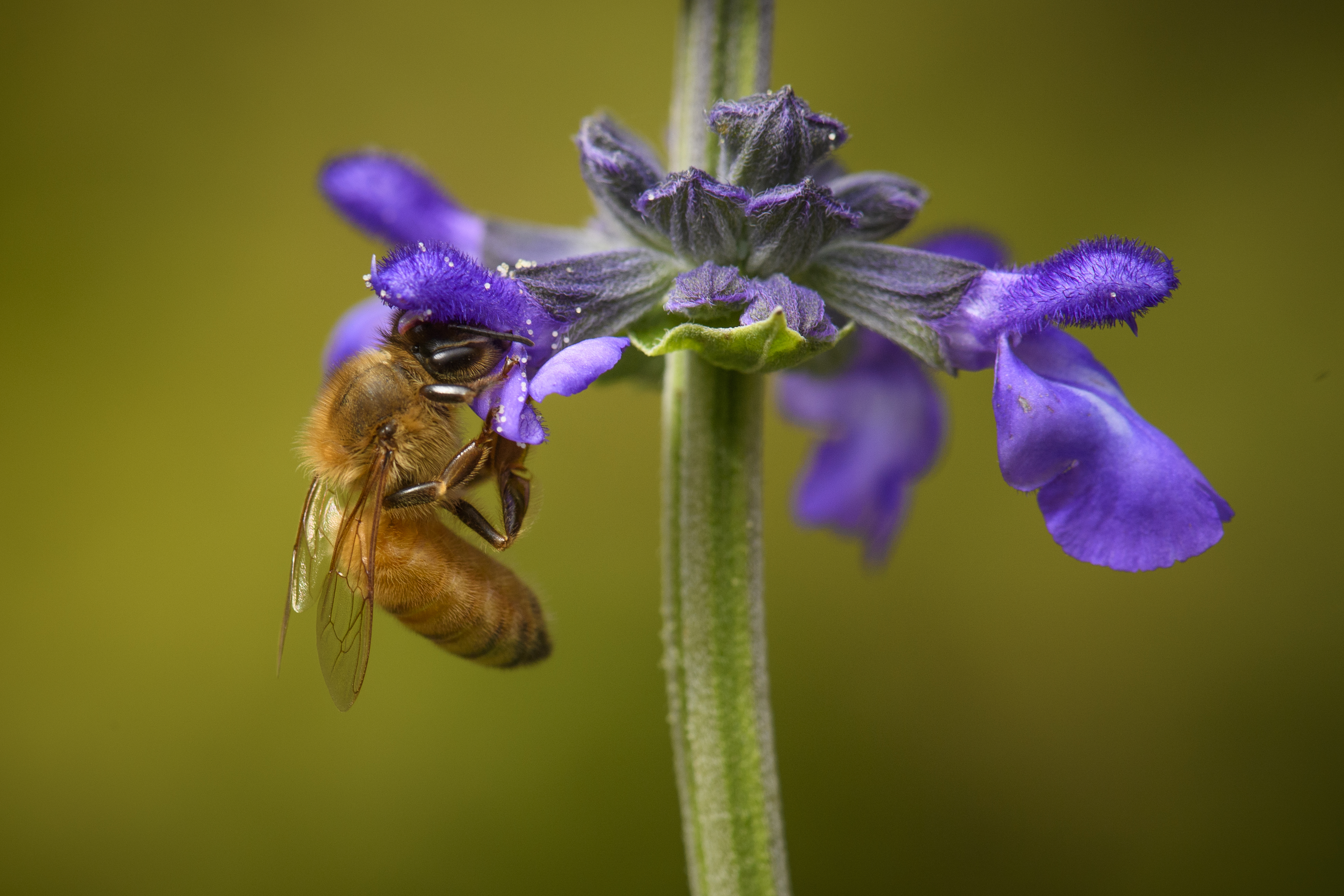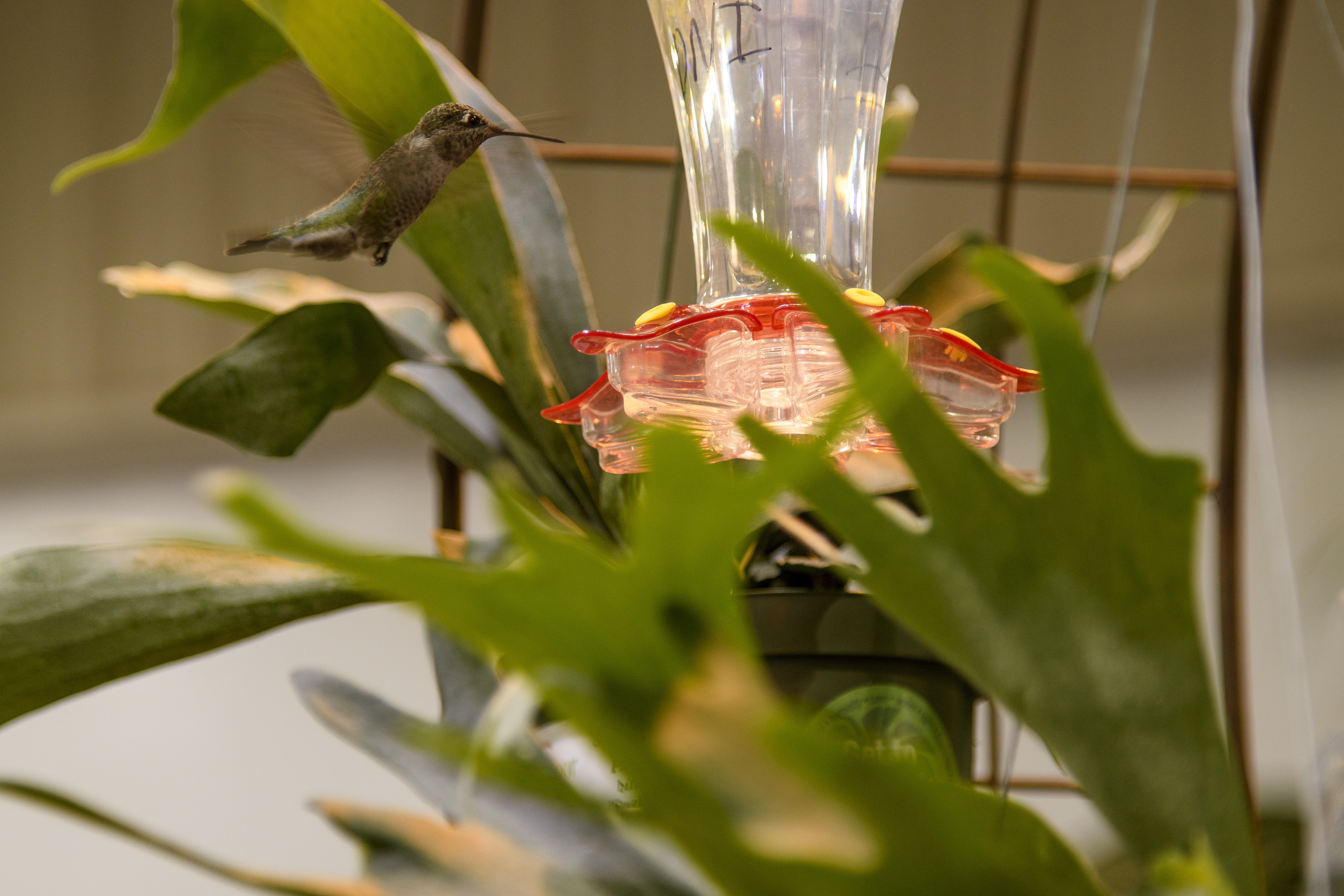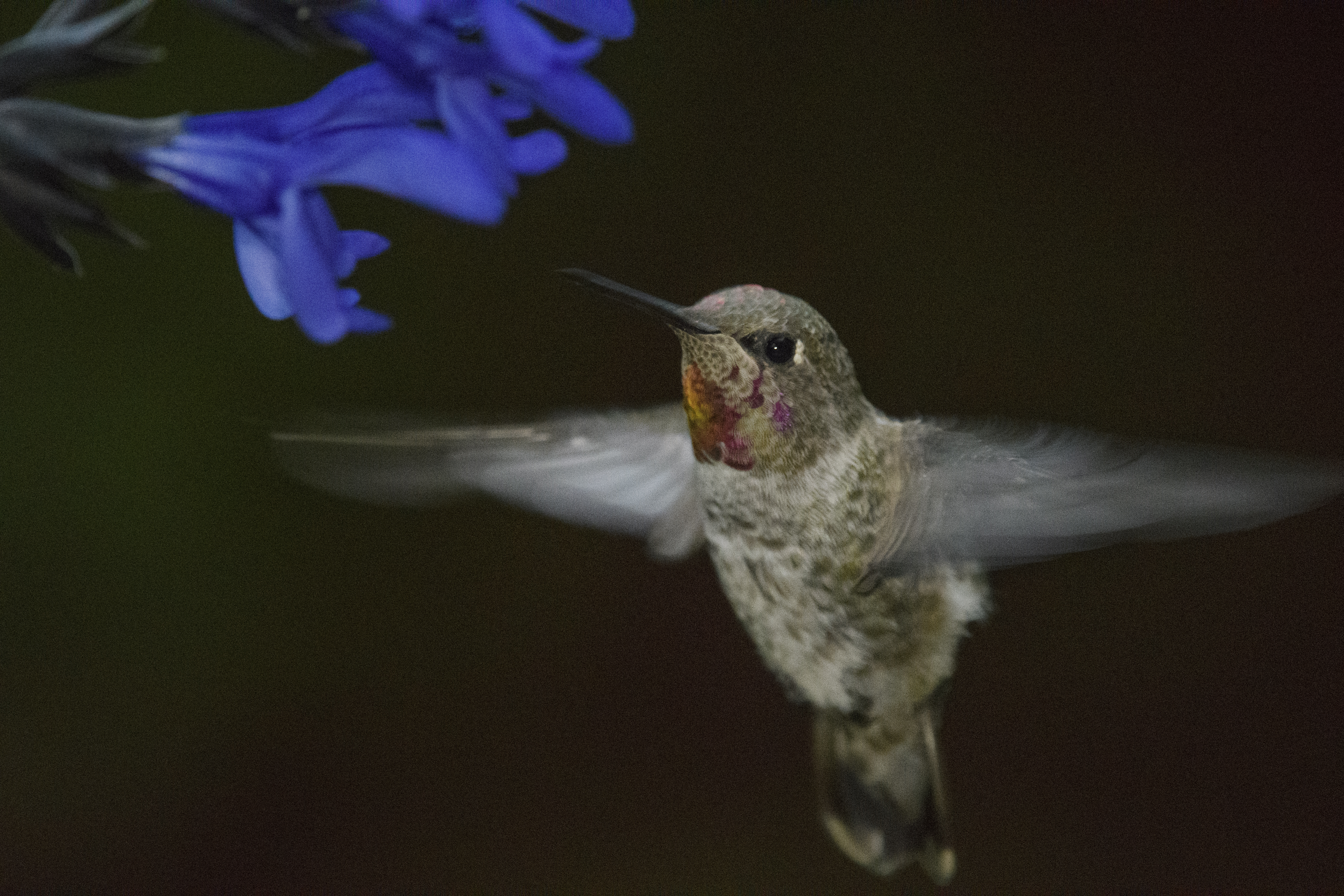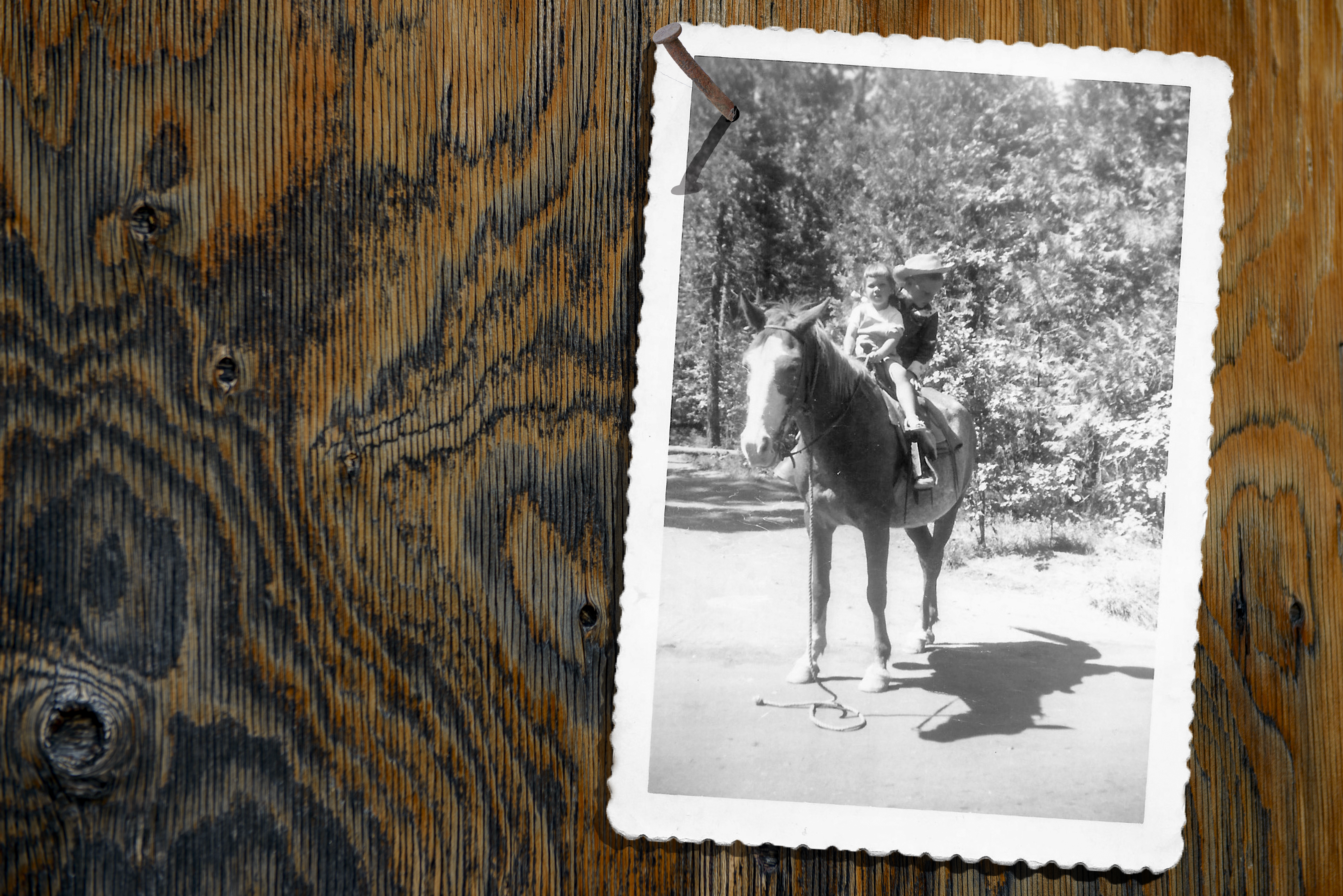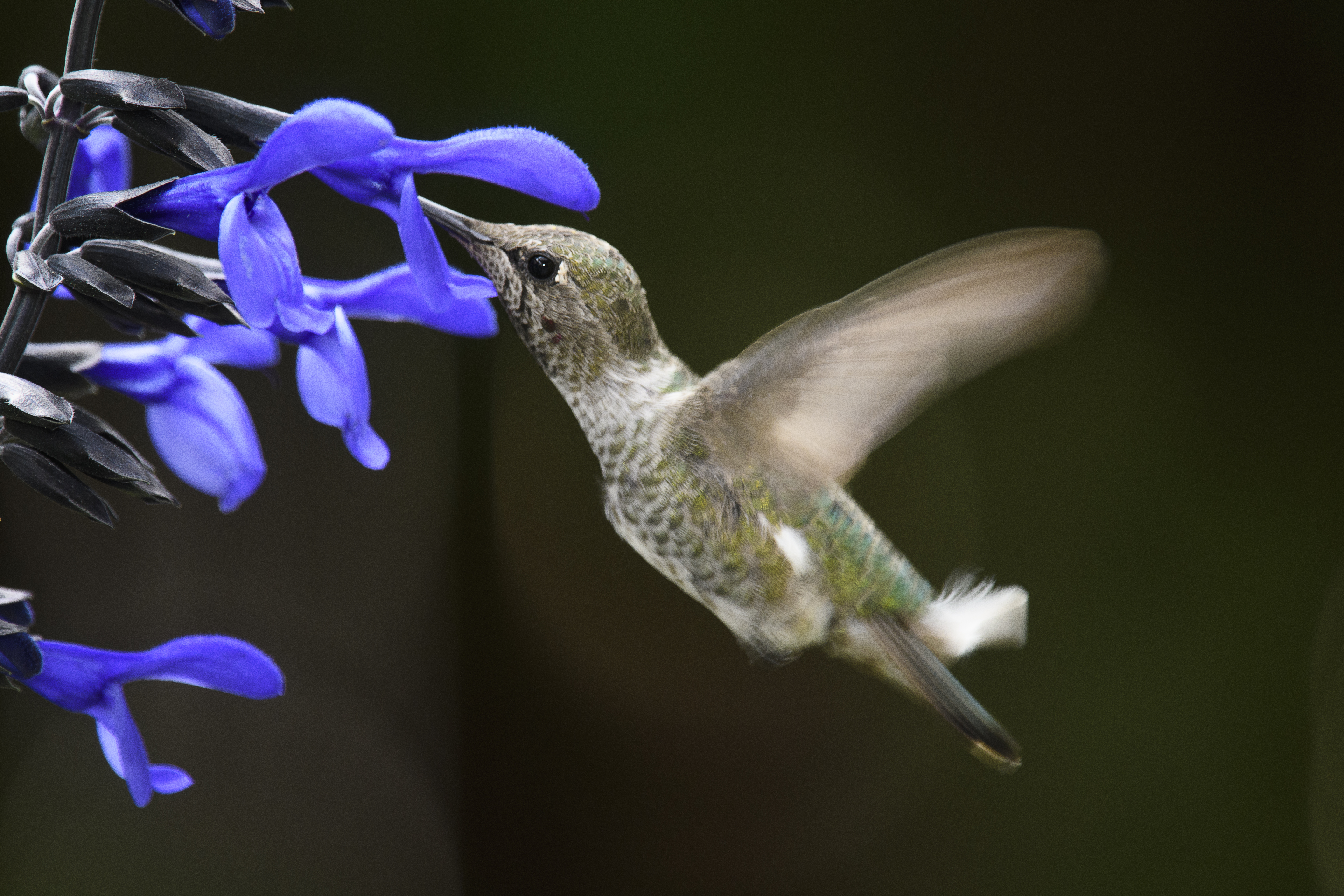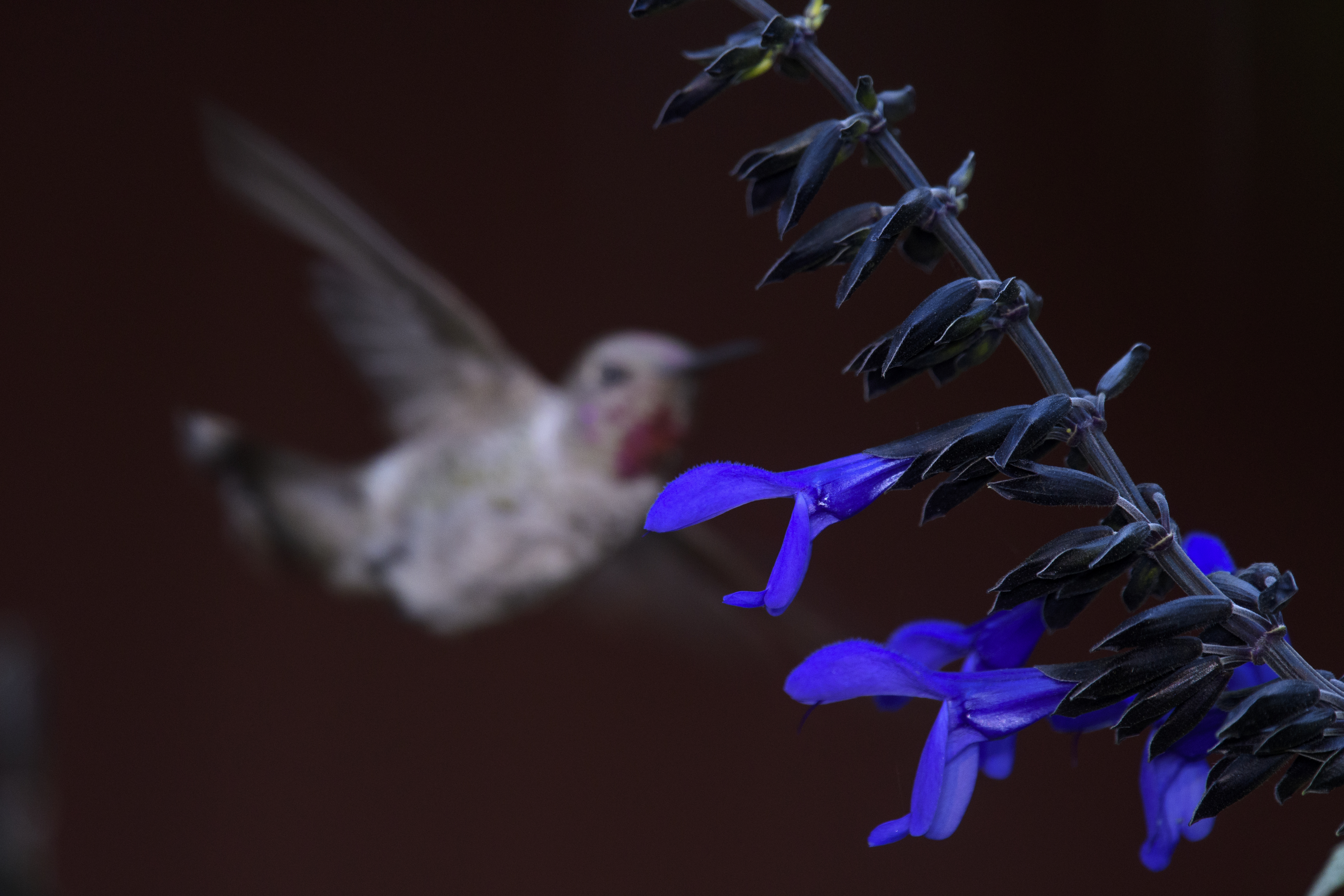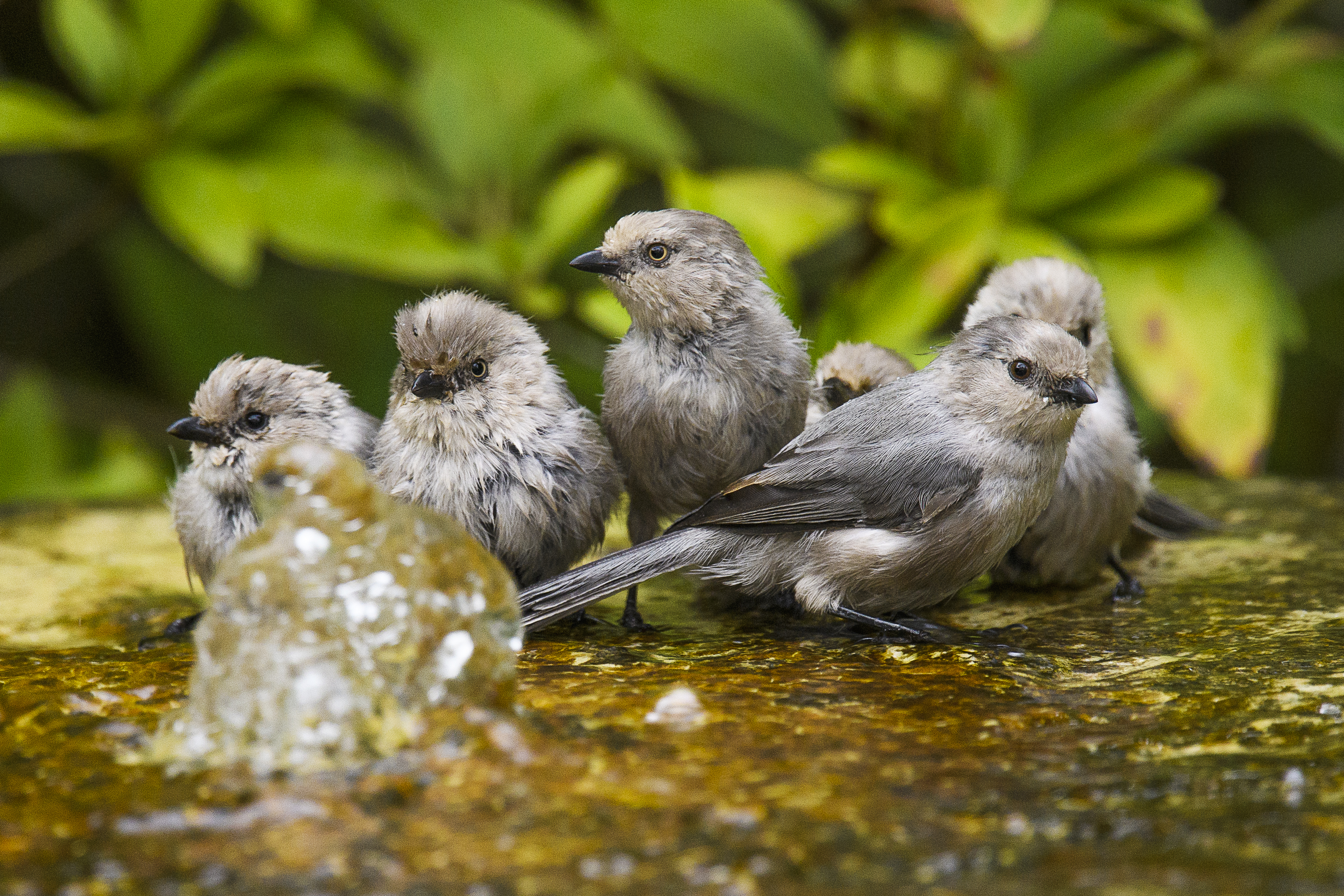I’m heading down to Mammoth Lakes in the Eastern Sierra for a few days. It reminded me of my quick trip (5 hours) to Yosemite in June of 2016 en route to Mammoth Lakes with my photo buddy Richard and our friend Dave. This is a shot of the Three Brothers taken on that whirlwind visit.
